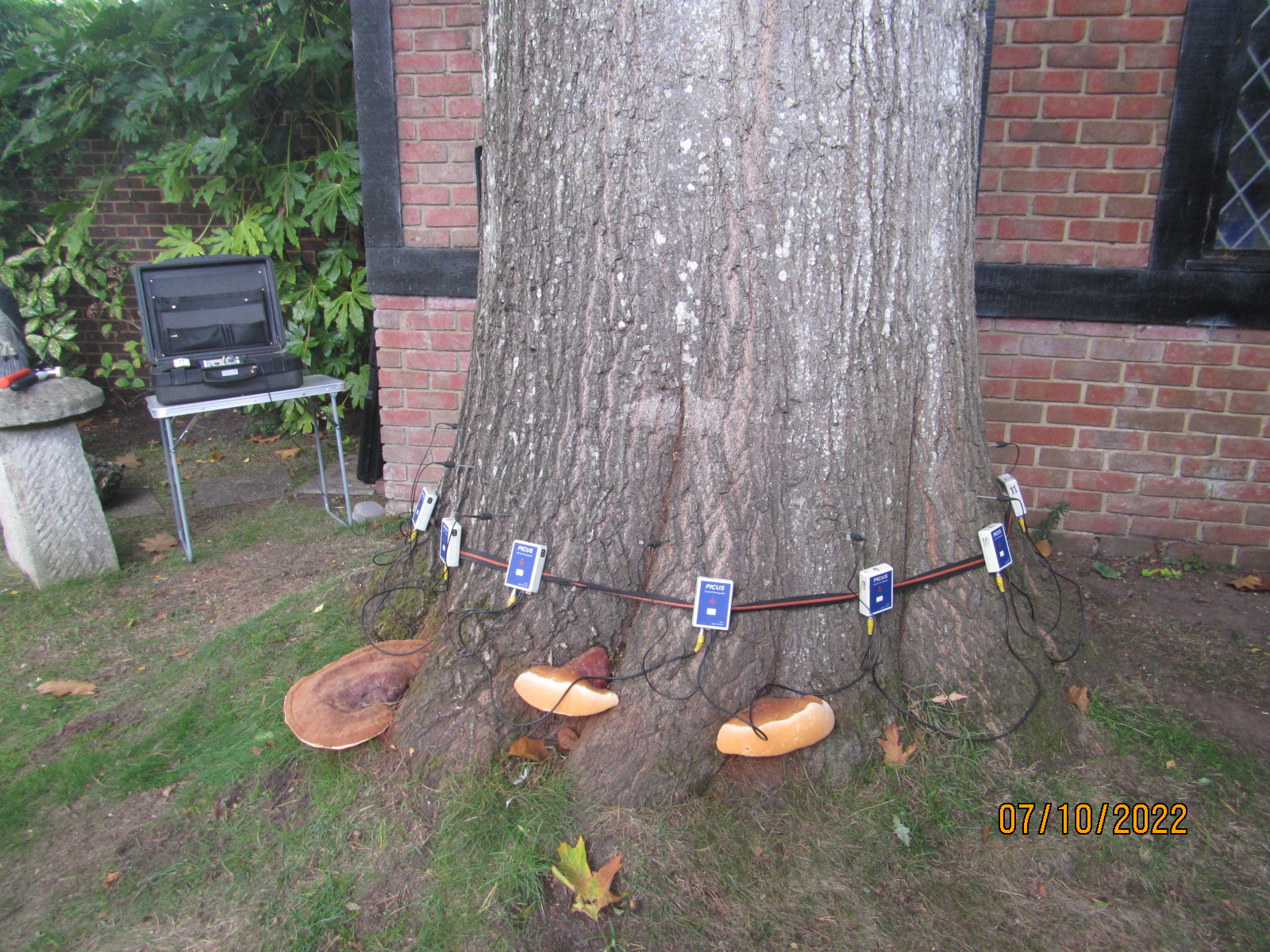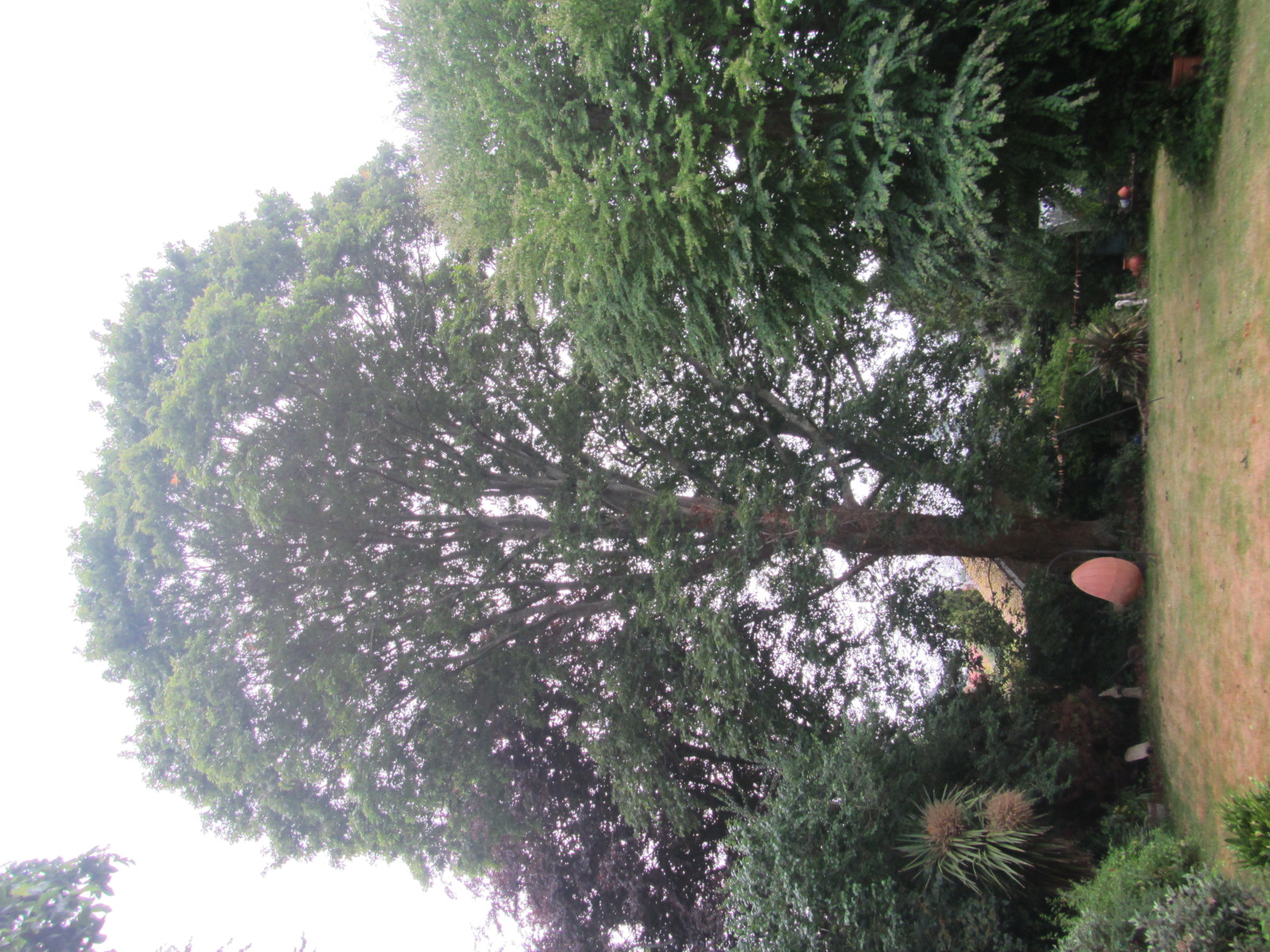
Whether you have a single garden tree or as is the case with some of our established clients, your tree stock numbers in the hundreds, SoundWood Tree Consultancy are able to provide appropriate, proportionate professional arboricultural management and liability advice. Using the very latest in GIS data capture software, we can undertake objective risk assessments of your tree assets, to ensure these are effectively managed to minimise your liabilities in accordance with your duty of care and Government Legislation.
The relationship between arboriculturalists and tree surgeons is similar to that which exists between architects and builders. SoundWood as arboriculturalists offer impartial tree management and liability advice for an agreed consultancy fee.
SoundWood do not undertake tree works, and will not recommend unnecessary work to your trees.
Trees are dynamic organisms and are affected by disease, weather and climate, human activity and the surrounding location and environment in which they are growing. As such, their condition changes over time.
The Occupiers Liability Acts 1957 and 1984 and the Health & Safety At Work Act 1974 place a duty of care on the occupier of premises and land to ensure that so far as it is reasonably foreseeable that their property is maintained in a condition that is unlikely to cause harm either to visitors, including employees, or neighbours. Care should therefore be taken to ensure that trees are well-maintained and not in a hazardous condition that might cause harm or injury.
Timely and regular professional inspection in the form of regular tree 'MOT' health and condition surveys is the most reliable method available to tree owners to ensure that their associated liabilities are managed in a reasonable and defendable way.


With the experience of many years spent in managing large local authority tree stocks, we believe that it is not so much the condition of a tree that is so important - it is where it is growing that counts – No Target, No Risk, No Problem! For example, a large mature tree in the middle of a rarely visited field presents little risk of causing harm; whereas a similar specimen growing close to a busy road, school or dwelling has the potential to cause significant injury to persons or property. This is why at SoundWood we first undertake a risk appraisal of our client’s property, and zone areas according to the proximity and value of adjacent targets, prior to inspecting any trees.
We also understand that you cannot manage what you haven't measured. Once areas of risk priority have been identified and agreed, we undertake a detailed survey of all the significant trees growing within them.
Tried and tested whilst managing local authority tree stocks, SoundWood use the market leading Ezytreev Tree Management System for our market-leading, high quality tree management & liability surveys. Our survey data is captured in the field directly onto Panasonic Toughbook ruggedised computers by qualified and experienced consultants. Trees are assigned a unique number and plotted to scale onto Ordnance Survey plans. As well as basic dimensions, such as height, spread and stem diameter, the following information is recorded during our full inspection of each tree: age and quality classes, tree condition including health, vitality and structure, its anticipated retainable existence (ARE), the level of hazard posed to surrounding features, as well as management recommendations and a priority for any tree recommended works.
Back at the office, collected data is synchronised with the main database. This information is then researched to produce reports tailored to our client's needs using any combination of the above categories. Typical reports would contain a clearly numbered tree location plan and detailed data set for each of the trees, with the database being further researched to produce work schedules by order of priority.
However, if for example, you wanted to know how many of your trees were of a certain quality, had a particular fungal infection or an ARE of less than 10 years, our tree database can be easily interrogated to provide the answers. As such, it is extremely cost-effective to produce any tree management data set, and allows future surveys to be undertaken efficiently.